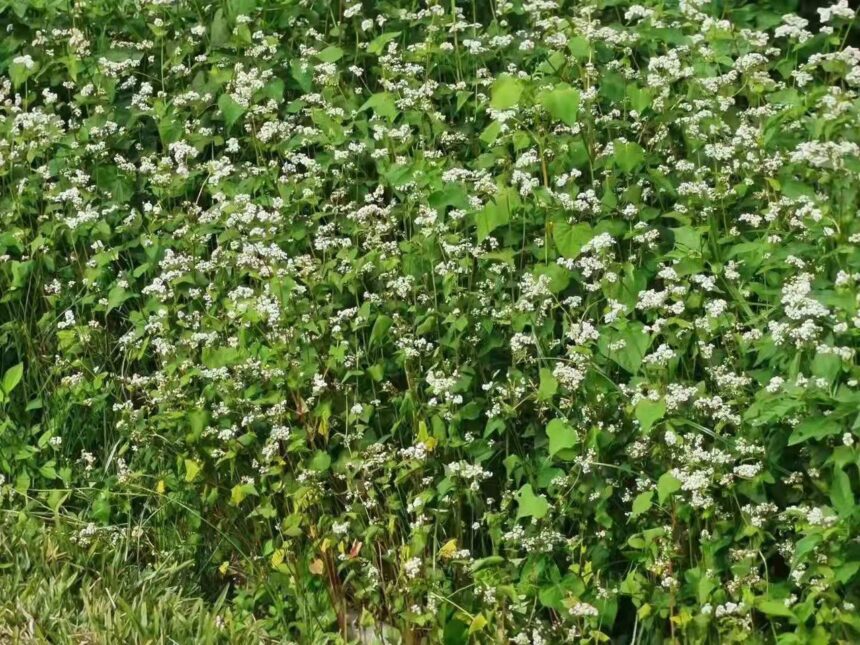Buckwheat is a resilient crop known for its rapid growth and nutritious grains. However, leaf blight can threaten its health and yield. Identifying early signs of leaf blight is crucial for effective management and preventing the spread of the disease. Here are ten early signs that your buckwheat might be suffering from leaf blight:
- Small, Water-soaked Spots
Early symptoms of leaf blight often manifest as small, water-soaked spots on the leaves. These spots are usually dark brown or black and may appear slightly sunken. - Irregular Leaf Margins
The edges of affected leaves may become irregular, with the tissue around the spots starting to die. This can give the leaves a tattered or ragged appearance. - Yellowing of Leaf Tissue
As the disease progresses, the tissue surrounding the spots may turn yellow. This yellowing, known as chlorosis, indicates that the leaf is struggling to perform its normal functions. - Wilting Leaves
Infected leaves may begin to wilt and droop. This is due to the plant’s reduced ability to transport water and nutrients effectively because of the blight. - Dark Brown Lesions
Lesions on the leaves may become dark brown or black and expand over time. These lesions often have a fuzzy or powdery appearance due to the presence of fungal spores. - Leaf Drop
Severe infections can lead to premature leaf drop. If you notice an unusual number of leaves falling off your plants, it may be a sign of leaf blight. - Reduced Growth
Plants suffering from leaf blight may exhibit stunted growth. If your buckwheat plants are not growing as vigorously as usual, the disease could be the culprit. - Spots on Stems
Although less common, leaf blight can also affect the stems of the plant. Look for dark spots or lesions on the stems, which can further weaken the plant. - Decreased Yield
If you notice a significant decrease in the number of flowers or seeds produced, leaf blight might be affecting your buckwheat’s ability to reproduce. - Fungal Growth
In advanced stages, you may observe fungal growth on the leaves and around the lesions. This often appears as a powdery or fuzzy coating, which can spread the disease further.
Managing Leaf Blight
If you detect these early signs of leaf blight, prompt action is essential. Consider the following management strategies:
- Improve Air Circulation: Space plants adequately to reduce humidity around them, which can help prevent fungal growth.
- Practice Crop Rotation: Avoid planting buckwheat in the same location year after year to reduce the risk of disease buildup in the soil.
- Use Resistant Varieties: Opt for buckwheat varieties that are resistant to leaf blight.
- Apply Fungicides: If necessary, use appropriate fungicides according to the manufacturer’s instructions.
Monitoring your buckwheat plants regularly and addressing issues promptly will help maintain their health and maximize your yield.
Join 'Farmers Mag' WhatsApp Channel
Get the latest Farming news and tips delivered straight to your WhatsApp
CLICK HERE TO JOIN






